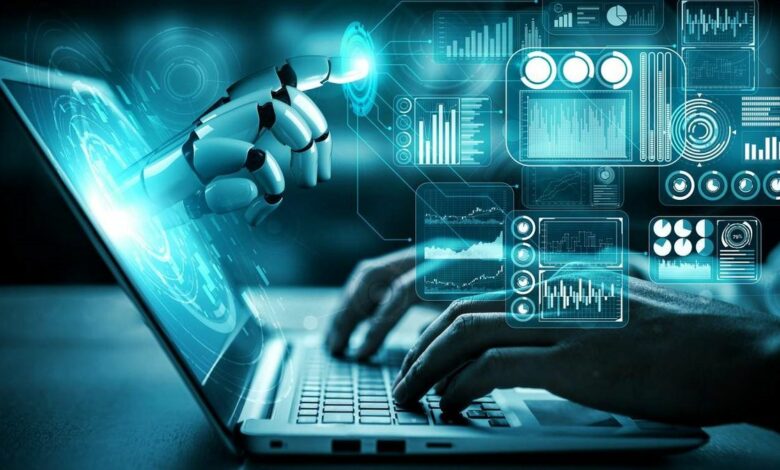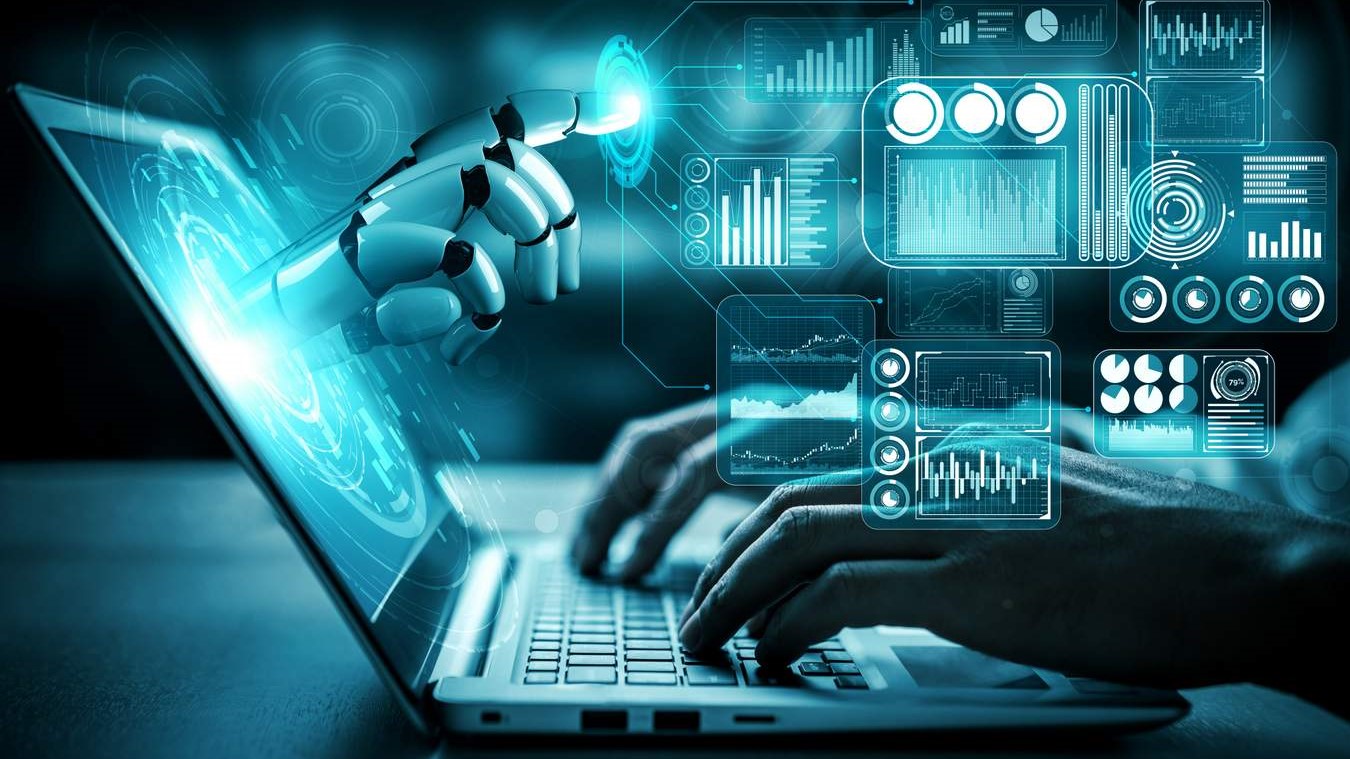The Convergence of Humans and Machines in Transforming Business


With approximately 150 trillion GB of data available on the internet, it would take one person nine billion years to process it all. Even more astonishing is the fact that 90% of this data has been generated in the last two years. It is no surprise then that 64% of employees believe that managing this growing amount of data is becoming an unsustainable task.
The consequence of having to screen such a large amount of information is worrying – according to the latest research, 80% of professionals admit to making business decisions based on information they are not completely sure about. The good news is that the rise of AI has ushered in a new era of content sourcing, management and analytics. Businesses can confidently access the most relevant and up-to-date information available to them to make critical business decisions.
Consumer-focused AI models like ChatGPT have certainly captured the public’s attention. However, their widespread adoption has also raised concerns. A recent survey found that over three-quarters of respondents agree that popular GenAI models like ChatGPT undermine people’s trust in AI. This skepticism is not unfounded, as overreliance or misuse of these tools can lead to counterproductive outcomes. For example, disinformation generated by AI models often results in additional time-consuming verification and correction processes.
When properly integrated with human expertise, the right AI tools have the potential to greatly benefit businesses. This approach enables a more nuanced and comprehensive understanding of complex data sets, enabling workers to discern patterns, anticipate emerging challenges, and seize opportunities that would otherwise remain hidden in the depths of information.
Head of Research at AI-based market research firm AMPLYFI.
Creating the perfect partnership
To achieve true human-machine collaboration, it is crucial to create a clear understanding and definition of their respective roles. By emphasizing AI’s unique strengths while strategically addressing its limitations, organizations can create a synergy that maximizes the potential of both human expertise and machine capabilities.
AI excels at data structuring, transforming complex, unstructured information into easily searchable and accessible content. This makes it an invaluable tool for sorting through massive online datasets, including data sets, news articles, academic papers, and other forms of digital content, and extracting meaningful insights. Furthermore, AI systems work tirelessly, functioning 24/7 without the need for pauses or downtime. This “always on” nature ensures a constant state of productivity and responsiveness, allowing organizations to keep pace with the rapidly changing market.
Another key strength of AI lies in its scalability. As data volumes continue to grow and the complexity of tasks increases, AI can be integrated into existing workflows and systems, allowing companies to efficiently process and analyze large amounts of information. This adaptability allows organizations to keep pace with the rapid evolution of market dynamics and customer needs, thereby remaining competitive.
Furthermore, AI automates the early stages of data analysis, significantly reducing the human effort required. This gives teams access to the most relevant information and streamlines the early market research processes.
While AI offers enormous benefits, it’s important to recognize areas where human expertise remains critical. When processing large amounts of information, systems can sometimes lose sight of the finer details or fail to retain the crucial context needed for accurate analysis. This loss of nuance can lead to oversimplifications or misinterpretations of data, underscoring the importance of human oversight and analysis.
An area for continued development lies in the standardization of AI-generated outputs. As the technology evolves, we can expect greater consistency when integrating with established reporting structures. These advances will further streamline the flow of information and improve efficiency.
AI systems are constantly improving in generating diverse and relevant results. However, human guidance in refining search parameters and interpreting outputs remains valuable. This collaboration ensures that AI-generated insights are applied most effectively to business processes.
By recognizing these limitations and strategically combining AI strengths with human expertise, teams can revolutionize their research methodologies. Human analysts can apply their domain knowledge, critical thinking, and contextual understanding to ensure the accuracy, relevance, and actionability of AI-derived insights.
Embracing man and machine
A solution is finally being found to a long-standing problem: the excessive amount of time spent filtering out irrelevant content.
By using AI wisely, teams can shift their focus from the tedious task of data collection to engaging in deeper, more strategic thinking. This will not only increase the meaning of their roles, but also improve the inherent rewards of their work, as they can spend more time and energy unraveling the essential “why” behind the data.
This shift will also enable professionals to develop higher-order skills such as critical analysis, creative problem-solving and strategic planning – skills that AI cannot replicate. By embracing this human-machine collaboration, organizations can create a more dynamic, innovative work environment where employees are empowered to contribute their uniquely human insights, leading to more robust and nuanced business strategies.
We have highlighted the best database software for you.
This article was produced as part of TechRadarPro’s Expert Insights channel, where we showcase the best and brightest minds in the technology sector today. The views expressed here are those of the author and do not necessarily represent those of TechRadarPro or Future plc. If you’re interested in contributing, you can read more here:




